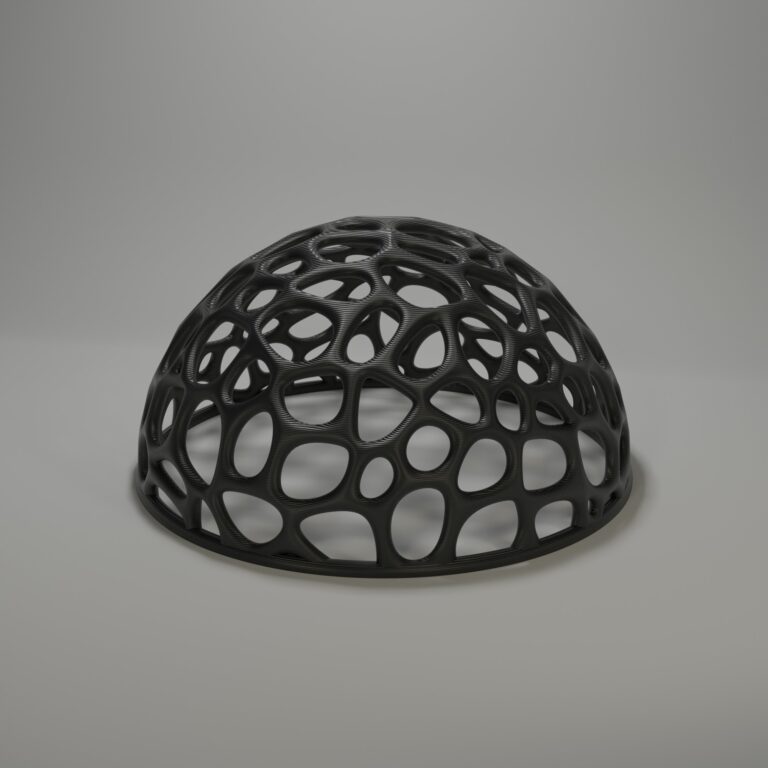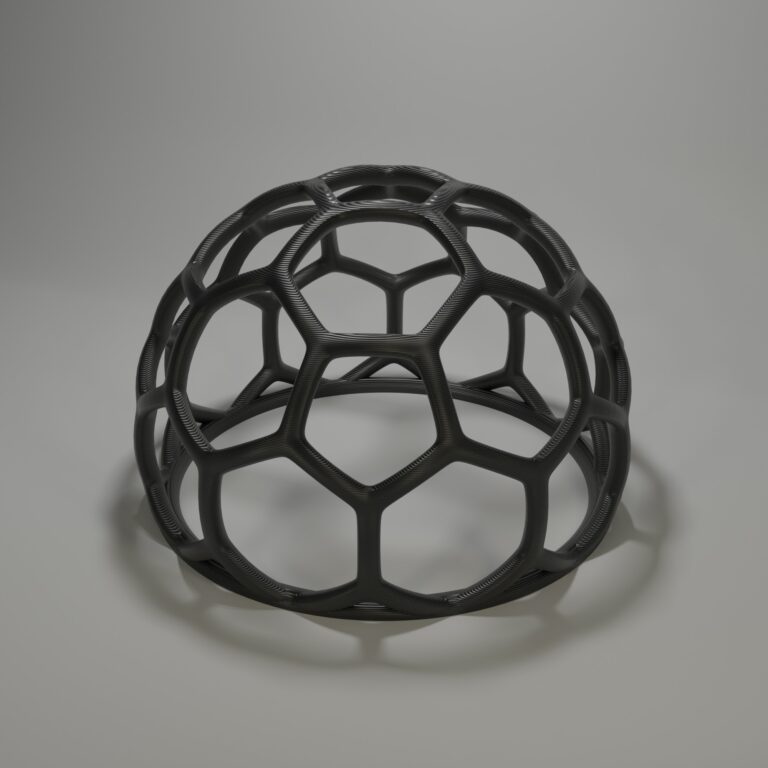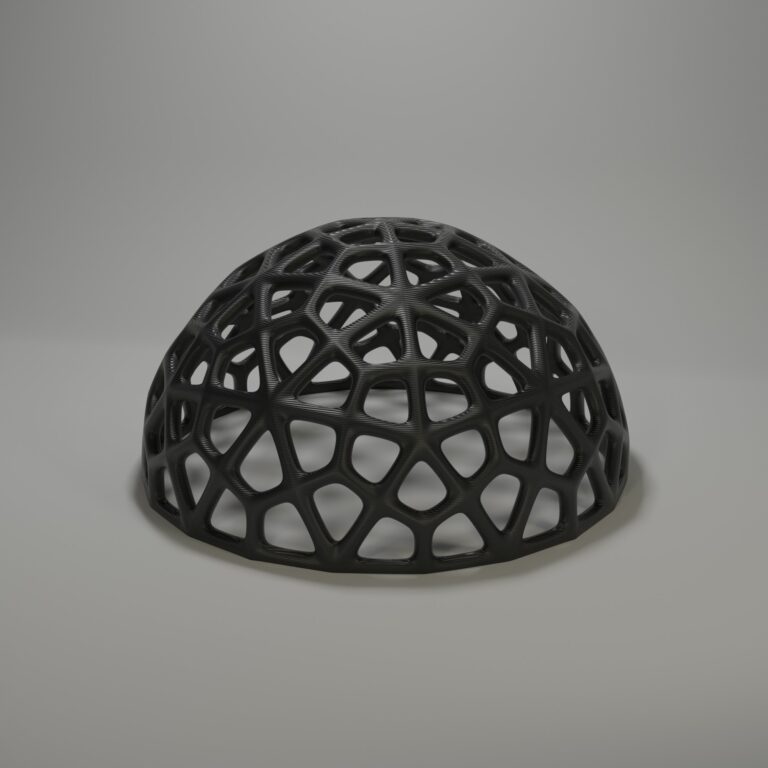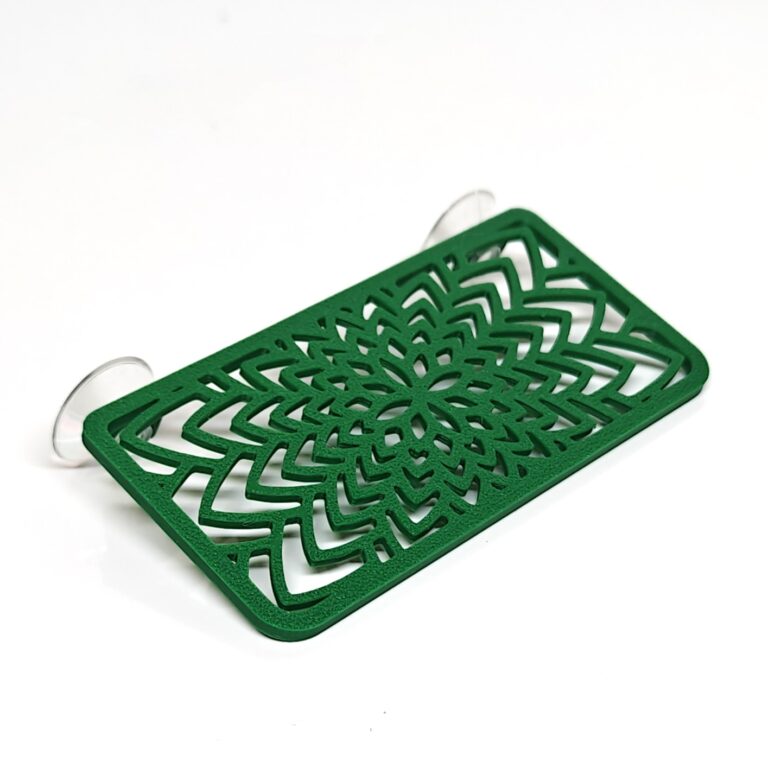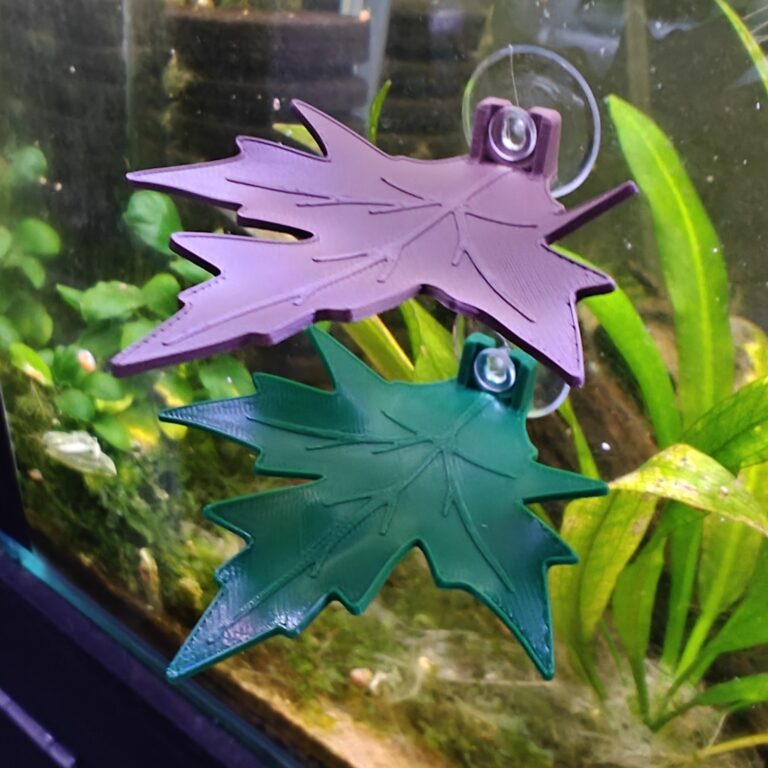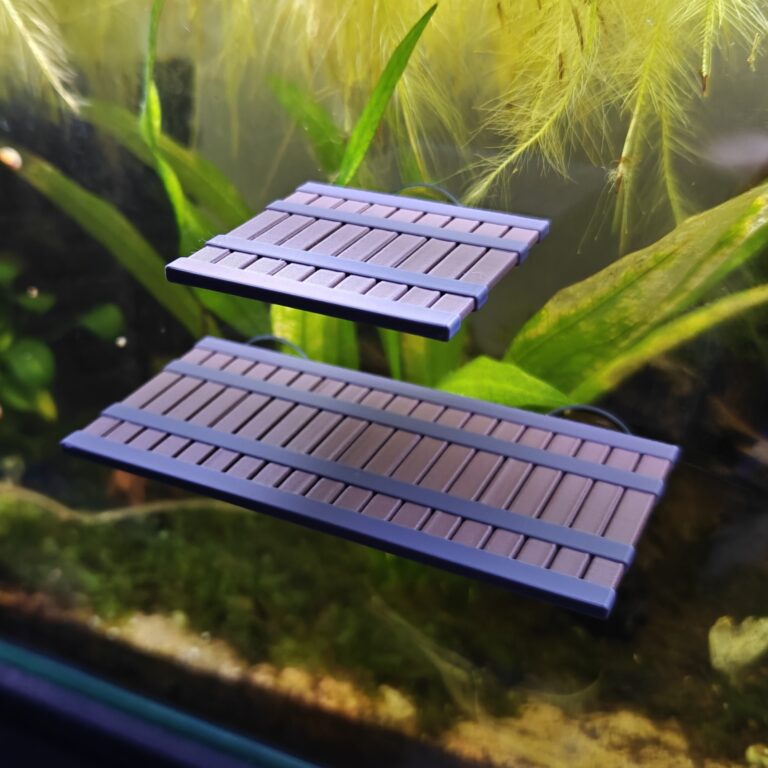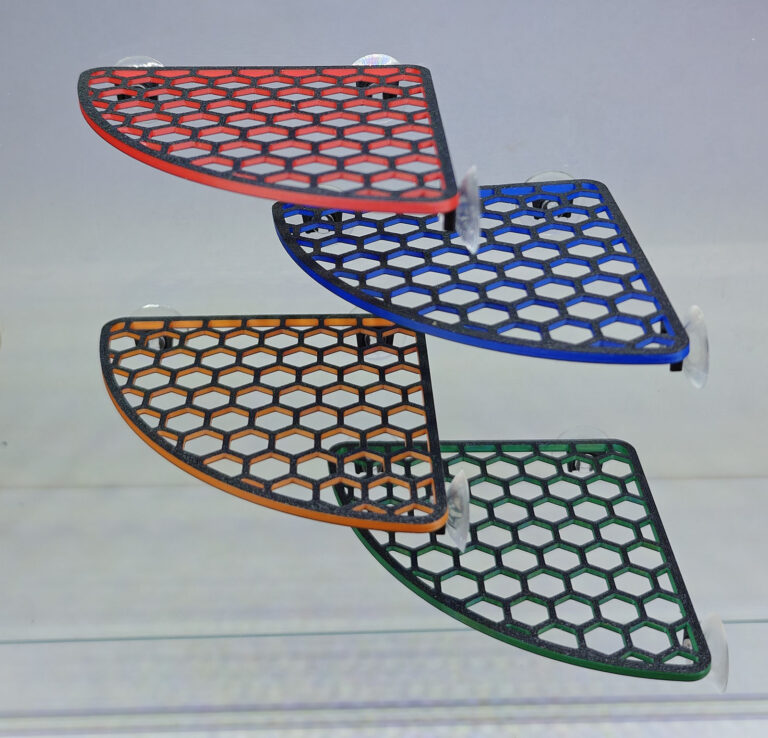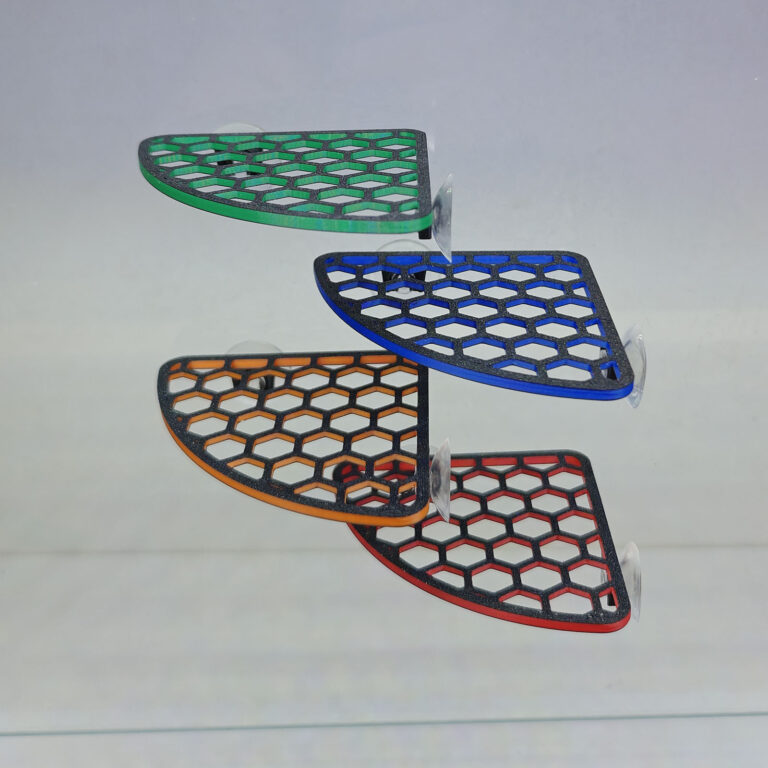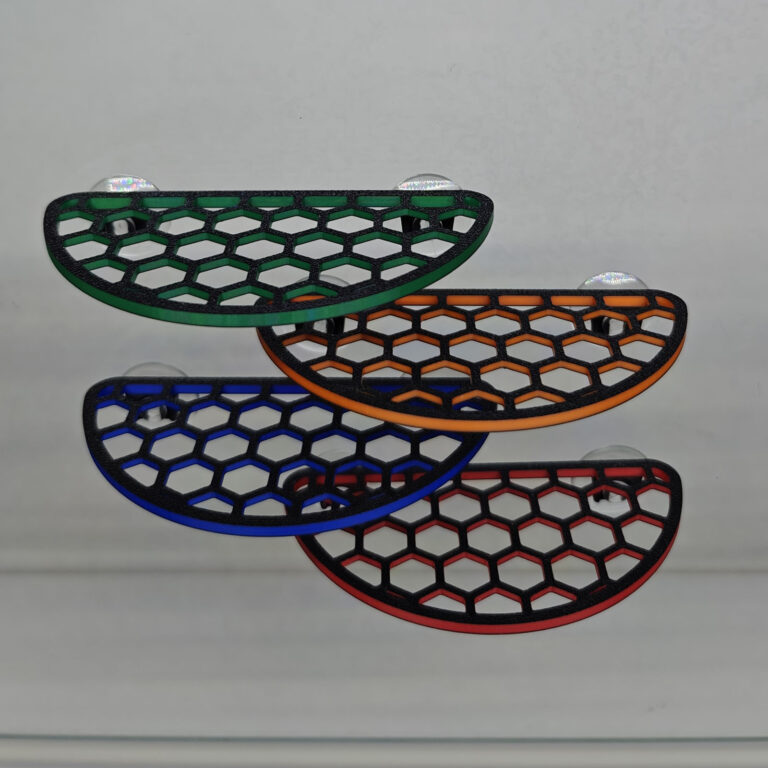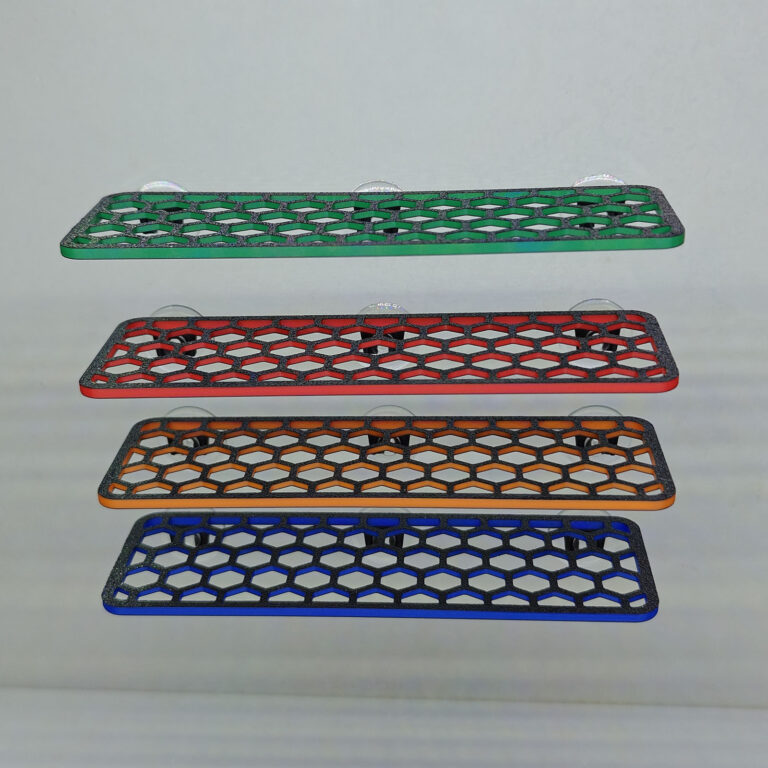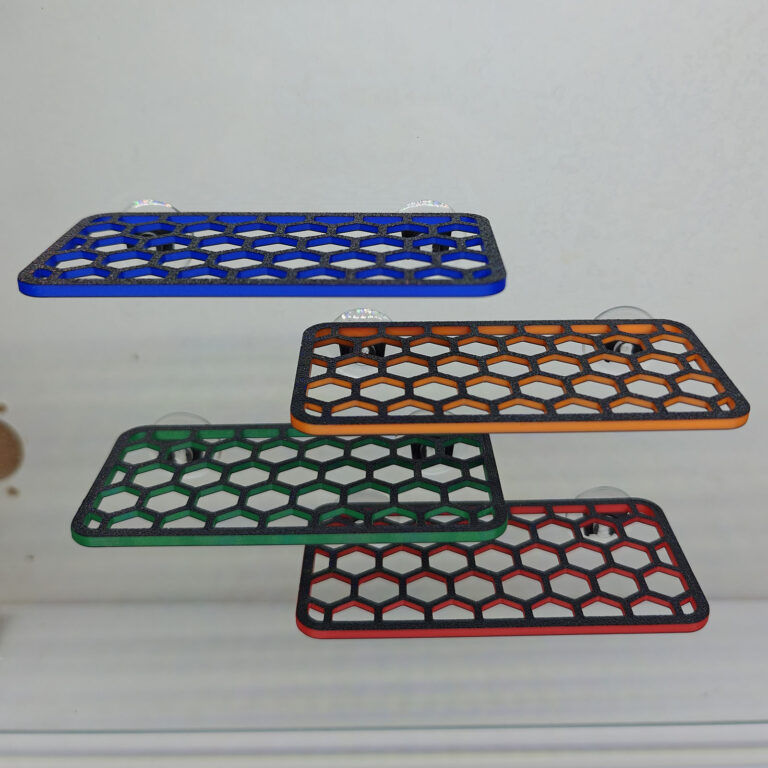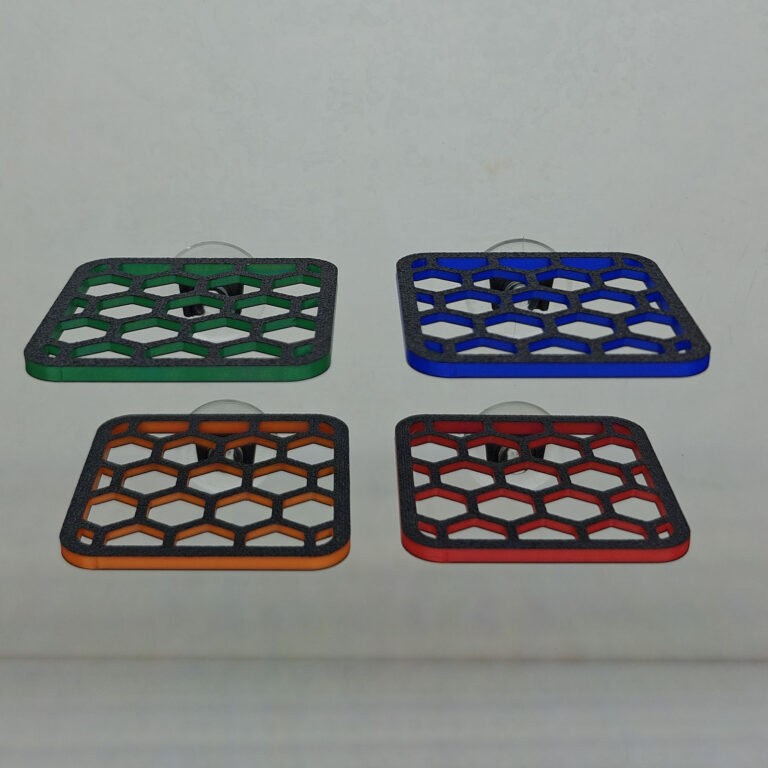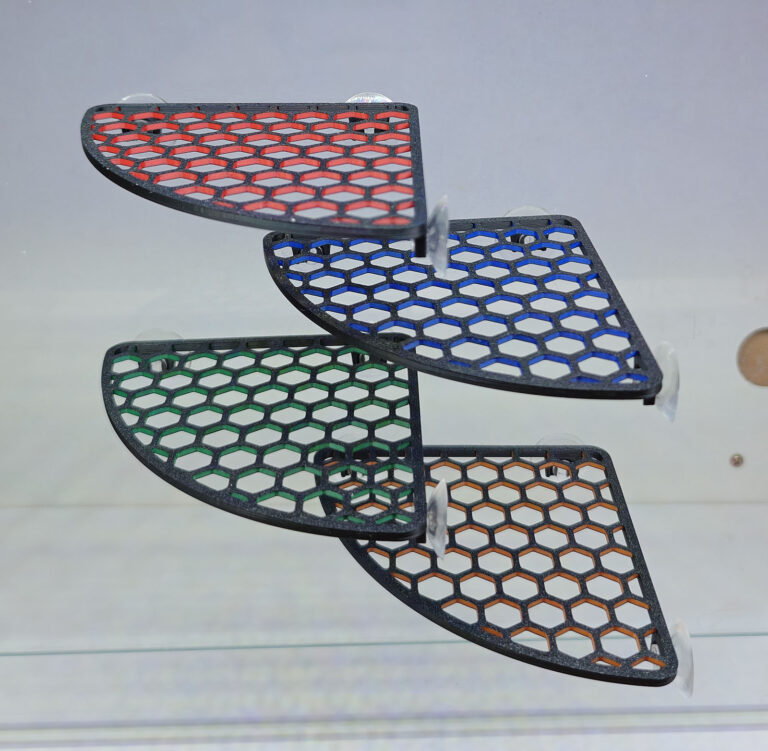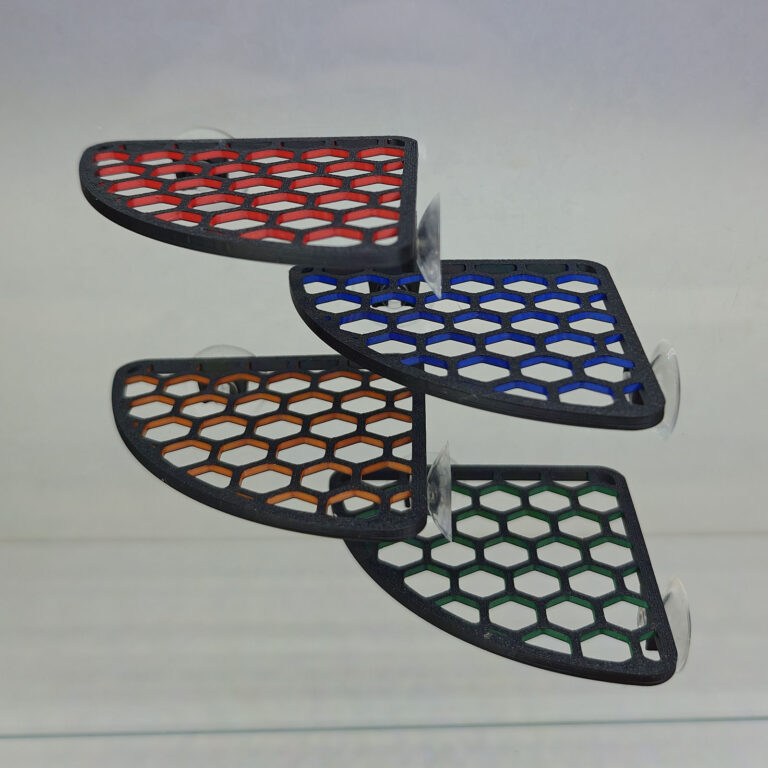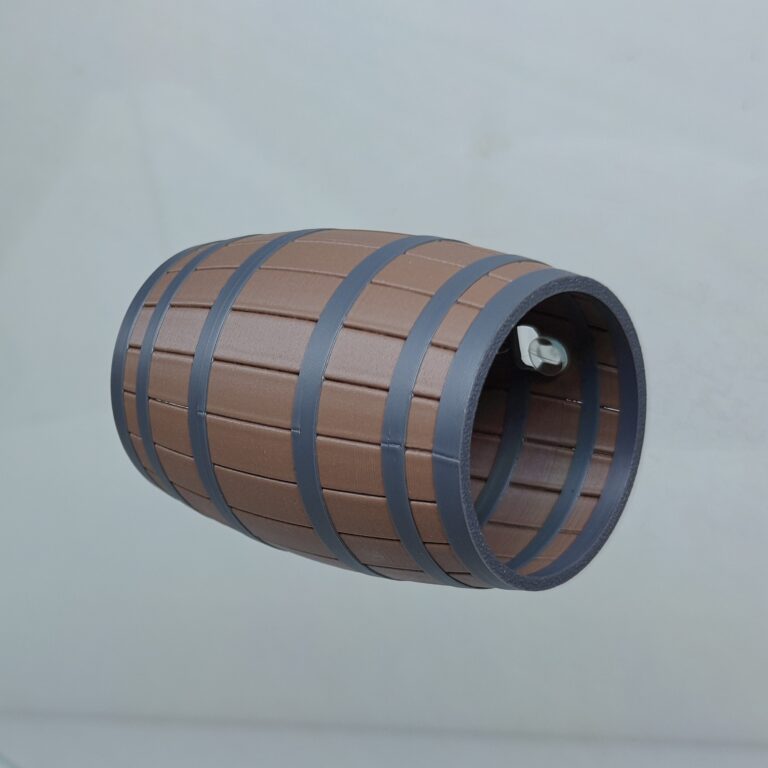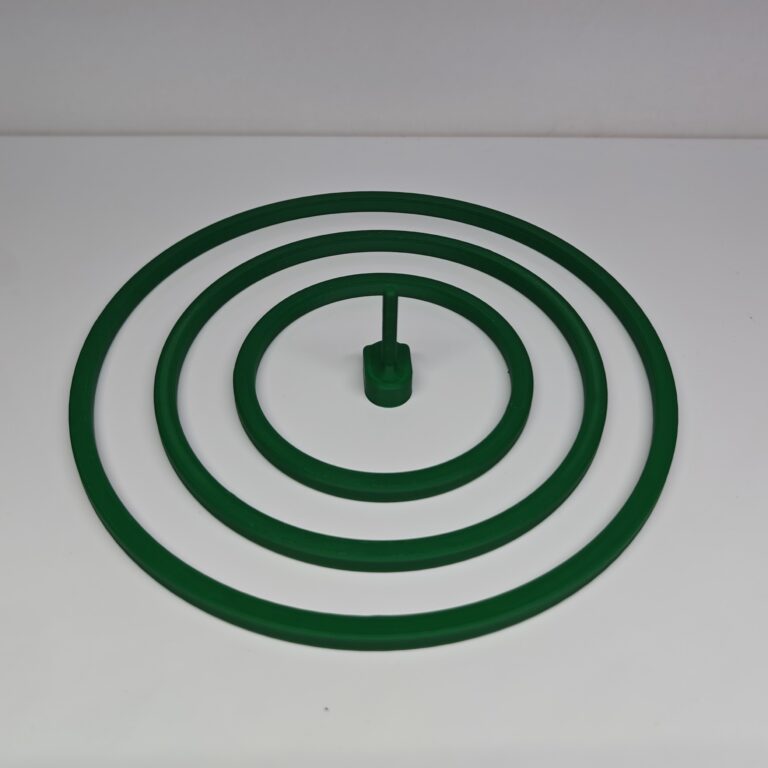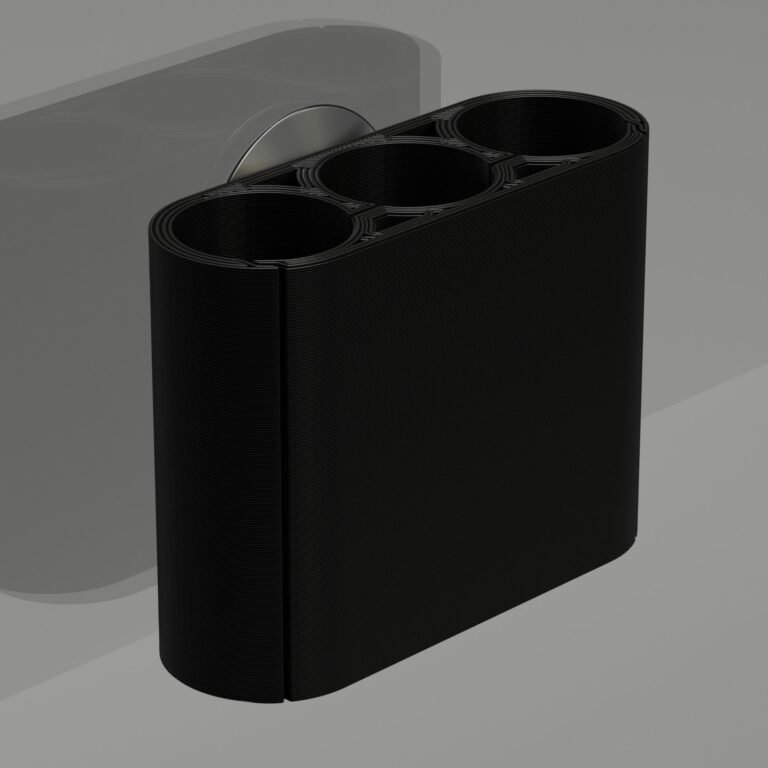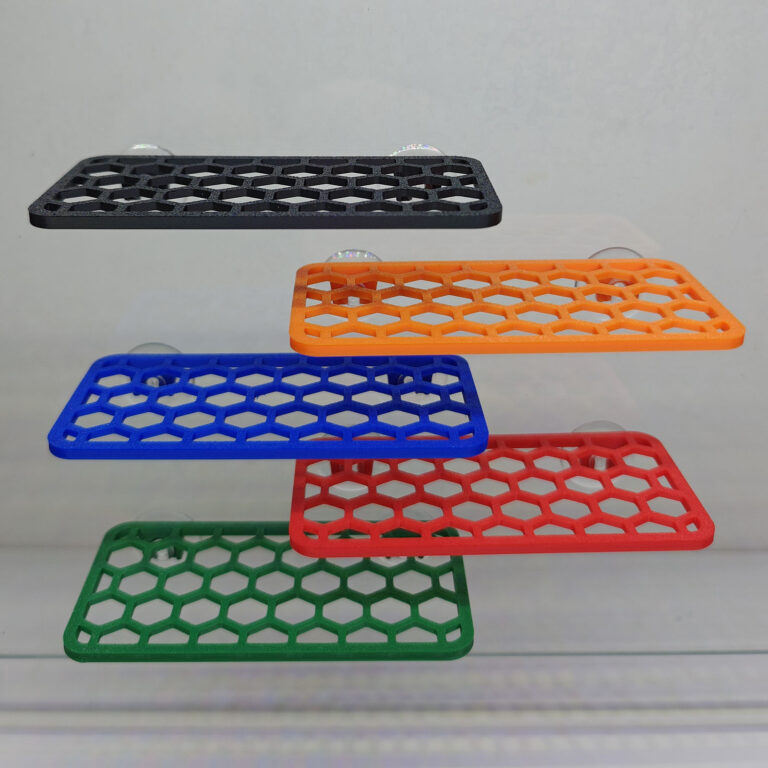Java Moss (Taxiphyllum barbieri) is a favorite among aquarium hobbyists for its resilience, versatility, and natural beauty. Whether you’re a beginner or a seasoned aquarist, this hardy plant is perfect for enhancing your tank and creating a thriving environment for your aquatic pets.
Description
Range
Java Moss is native to Southeast Asia, where it grows on riverbanks, rocks, and tree trunks in humid, tropical environments. It’s just as happy in your freshwater tank or terrarium, provided the conditions are right.
Benefits of Java Moss
Durability
Java Moss is one of the hardiest aquatic plants out there. It can handle a wide range of water conditions, light levels, and temperatures. This makes it ideal for both beginners and experienced aquarists.
Breeding
If you’re breeding fish or shrimp, Java Moss is a game-changer. Its dense, bushy growth provides excellent hiding spots for fry and shrimp, keeping them safe and reducing stress.
Attractive
A lush carpet of Java Moss adds a natural, vibrant look to any tank. Whether you attach it to driftwood, let it float freely, or use it as a moss shelf for Betta fish or shrimp, it’s a stunning addition to your aquascape.
You can even attach it to our moss domes to create a unique aesthetic in your tank!
Water Quality Improvement and Algae Control
Moss plays a crucial role in improving water quality by removing nitrates and other pollutants from the water, as well as increasing oxygen levels
Java Moss Care
Light
Java Moss thrives in low to moderate light conditions. Aim for 8-10 hours of light daily, but be cautious with high-intensity setups, as this can encourage algae growth.
Substrate
Java Moss doesn’t need to be planted in the substrate. It attaches to surfaces like rocks, driftwood, or moss shelves. You can also spread it over a mesh to create a beautiful carpet.
Water
This plant is very forgiving of water parameters. It grows best in slightly acidic to neutral water (pH 6.0-7.5) with soft to moderately hard water (2-15 dGH).
Temperature and Humidity
Java Moss thrives in temperatures between 15-30°C, with ideal growth around 20-25°C. If you’re growing it emersed, ensure high humidity (80% or more) to keep it healthy.
Water Circulation and Aeration
Good water flow helps prevent debris buildup in Java Moss. Ensure your tank has proper filtration and circulation to keep the moss clean and healthy.
Fertilizer
Java Moss absorbs nutrients from the water column, so liquid fertilizers can help boost growth. However, it’s not essential unless you’re aiming for rapid growth.
Pruning
Regular pruning keeps your Java Moss neat and prevents overgrowth. Use sharp scissors to trim excess growth, and you can use the cuttings to propagate new areas in your tank.
Propagating Java Moss
Submersed
To propagate Java Moss underwater, simply cut or tear a piece from an existing patch and attach it to a new surface. Over time, it will anchor itself and spread.
Emersed
Java Moss can also grow emersed if kept in a humid environment. Attach it to a surface in a high-humidity terrarium, and it will thrive just like it does underwater.
Using Java Moss on Moss Shelves
Java Moss is perfect for creating moss shelves, especially for Betta fish and shrimp. These shelves mimic natural hiding spots and provide additional surfaces for shrimp to graze on. Simply attach the moss to the shelf with fishing line, thread or glue and it will grow into a lush, green habitat your pets will love.
Check out our moss ledge products designed specifically for Betta tanks and shrimp enclosures. They’re easy to use and make your tank look fantastic!
Common Problems
Yellowing
If your Java Moss turns yellow, it might be due to poor lighting or nutrient deficiencies. Adjust the light intensity or use a liquid fertilizer to restore its vibrant green color.
Wilting or Shriveling
Shriveled or wilting moss often indicates low humidity or poor water quality. Ensure proper humidity for emersed growth or check your tank’s water parameters.
FAQs: Java Moss
Q: Does Java Moss need CO2?
A: No, Java Moss doesn’t require CO2 injection, but it can grow faster and healthier with it.
Q: Can Java Moss grow in low light?
A: Yes, it thrives in low to moderate light conditions.
Q: How do I attach Java Moss to surfaces?
A: Use fishing line, thread, or aquarium-safe glue to secure it. Over time, it will anchor itself.
Q: Is Java Moss good for shrimp tanks?
A: Absolutely! It provides hiding spots and surfaces for shrimp to graze on.
Q: How often should I prune Java Moss?
A: Prune as needed to maintain its shape and prevent overgrowth.
Q: How Fast Does Java Moss Grow?
A: Java Moss spreads quickly under optimal conditions it can grow at up to 1-1.5 inches per month.
Java Moss is an excellent plant for aquariums and terrariums alike. Its resilience, adaptability, and natural beauty make it a must-have for aquarists of all levels. By following these care tips, you can enjoy a lush, healthy patch of Java Moss that enhances your tank’s ecosystem and aesthetic. Don’t forget to explore our moss ledge products to take your aquascape to the next level!
